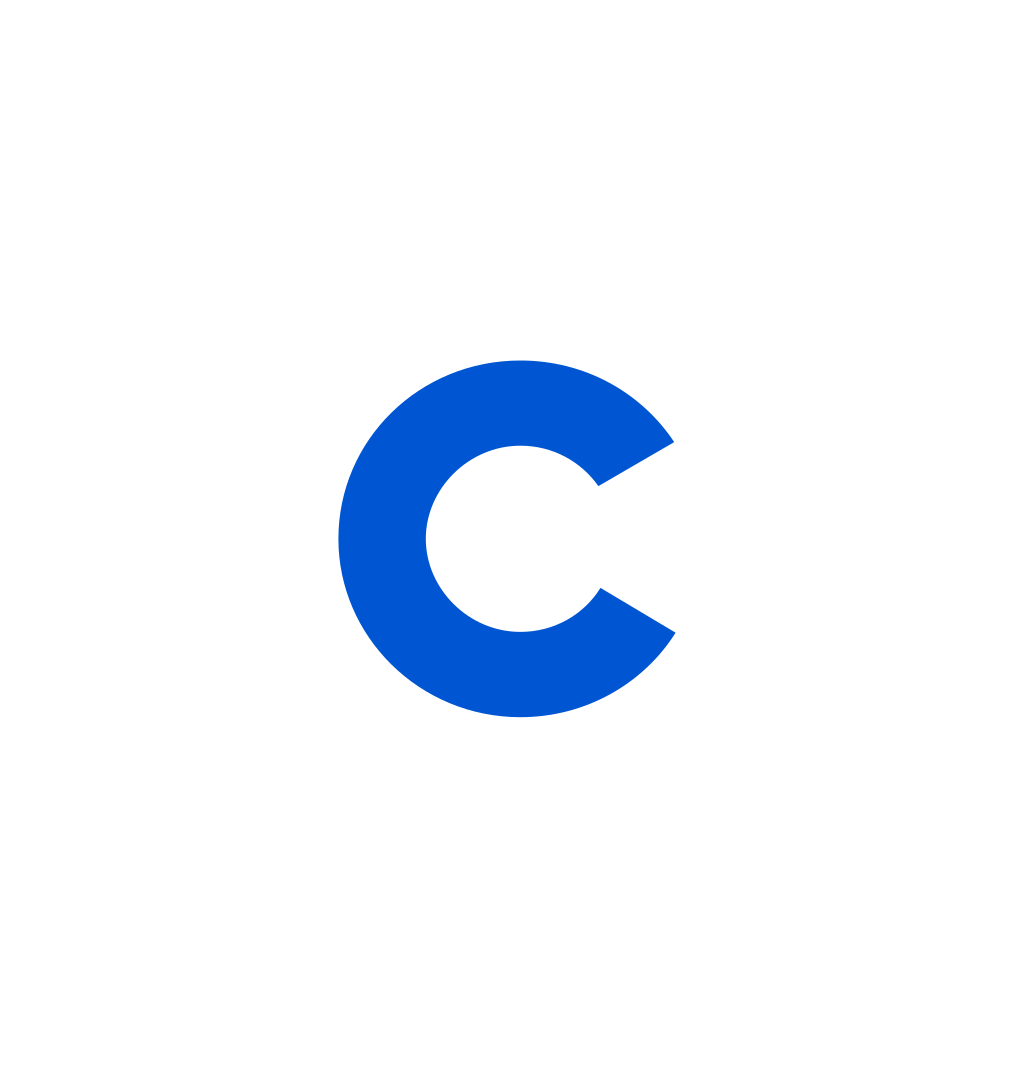How to Make a Resume for Your First Job (+ Template)
Learn how to build your first resume, even without work experience.
![[Featured image] A young woman sits at a table in a cafe writing a resume for her first job on a laptop computer with stickers on it. She has a cup of coffee in front of her on the table.](https://d3njjcbhbojbot.cloudfront.net/api/utilities/v1/imageproxy/https://images.ctfassets.net/wp1lcwdav1p1/3GDqKyat4HlXeLlxvxDFIa/b5ac81e5a5f751c4b5140ef7d81820b9/Writing_a_resume__1_.png?w=1500&h=680&q=60&fit=fill&f=faces&fm=jpg&fl=progressive&auto=format%2Ccompress&dpr=1&w=1000)
If you’re looking for your first job, you may wonder what to put on your resume. While you may not have any formal job experience yet, you almost certainly have gained skills and other experiences through your education and extracurricular activities.
In this article, we’ll look closely at how to write a resume for your first job when you have no experience. Learn how to identify your most marketable skills and experiences and how to format your resume to show them off.
What is a resume?
A resume is a formal document that presents your background, accomplishments, and skills to potential employers. When you submit a job application, your resume is typically the first thing a recruiter or hiring manager looks at to evaluate whether you’re a good fit for the role.
Did you know?
Outside of Canada and in academic settings, a resume is often referred to as a curriculum vitae, or CV for short. The Latin term means “course of life.”

How to write a resume with no work experience
Many job listings ask for relevant experience. But just because you haven’t had a job before doesn’t mean you don’t have experience. Your experience happens to come from outside the workplace. For a first job, your resume should concentrate on your academic achievements and any informal work, volunteer experience, or extracurricular activities.
Here are some steps you can take to create a resume for your first job.
1. Pick the right layout.
Many resumes focus on job experience, listed from newest to oldest. If you don’t have job experience to list, pick a resume format that includes an education section closer to the top.
2. Match your experiences to the job listing.
Writing a solid resume begins with studying the job description for the role you’re applying for. You want your resume to match what the company is looking for, so start by listing the key terms from the job description.
Go through the job description, and write down or highlight all the abilities, skills, and values listed within. Pay close attention to those listed as required.
Now, think about experiences in your own life that match the items on the list. If the job listing asks for someone with strong organizational skills, think about times when you’ve had to be particularly organized. Maybe you helped plan a school event or led a group project.
It’s okay if you don’t have something for every item. Keep this list nearby as you begin to fill in your resume template.
3. Focus on your education.
You may find it helpful to start with the education section of your resume. List your school and dates attended, as well as:
Relevant coursework: Have you taken classes related to the job you’re applying for (or from your job description research)? Be sure to list them.
GPA: A strong GPA (typically a 3.5 or higher) can show employers that you have the skills and work ethic to succeed in the job.
Academic achievements: Also include anything else that demonstrates your ability to succeed academically—making the dean’s honour list or an honour society, for example.
Extracurricular activities: Focus on the activities that align with the job listing. Involvement in student council, for example, could demonstrate leadership skills, collaboration, and problem-solving. Playing a team sport shows that you can collaborate and manage your time.
Certifications or online courses: If you’ve taken any training, bootcamps, courses, or certification programs outside of school, include them here if relevant.
If you’re still enrolled in a program, list it as “in progress” with your anticipated graduation date.
4. Highlight volunteer work and extracurricular activities.
Next, add an experience section. While you may not have formal work experience, you should include any volunteer work, community activities, internships, or informal work experience (like tutoring, blogging, or helping with a family business) relevant to the job.
As you fill in this section, refer to the list you created in Step 2. You don’t have to include everything; instead, focus on your experiences that align with terms that appear higher in the job description or those listed as required rather than preferred.
5. List your technical and human skills.
Include a list of skills as bullet points on your resume, highlighting both your workplace skills and any technical skills you may have.
Technical vs. workplace skills
Human skills, sometimes called soft skills or workplace skills, apply to just about any job. Some examples include communication, decision-making, leadership, time management, and problem-solving. Technical or hard skills tend to be more job-specific. These might include programming languages, software proficiency, or foreign language knowledge.

Your resume should reflect the skills listed in the job description. For technical skills, also include your level of proficiency. If you’re still developing a skill, for example, you could write, 'Familiar with Excel spreadsheets.'
It’s okay if you don’t have many technical skills to list. A global study conducted by LinkedIn found that 80 per cent of companies value candidates with better workplace or human skills, which can be harder to teach [1]. The five most in-demand human skills in 2024, according to LinkedIn, were [2]:
Communication
Customer Service
Leadership
Project Management
Management
Build job-ready skills
Looking to add technical skills to your resume? Prepare for an entry-level job, develop in-demand skills, and get hands-on experience with a Professional Certificate in social media marketing, IT support, data analysis, project management, UX design, or cyber security on Coursera.

6. Write your resume objective.
An objective goes at the top of your resume to summarize your skills. It’s usually a good idea to write this last once you have a better idea of what’s in your resume. Keep it to one or two sentences stating who you are, what you want, and what you can offer the employer.
Tips for preparing your first resume
Now that you’ve filled in most of your resume, here are some tips to help make it stand out:
Keep it to a single page. This is especially true if you do not include work experience. Include what’s relevant to the job, and leave out the rest.
Use action verbs when describing your skills and experiences. Try to start sentences with verbs (e.g., designed, guided, led, improved, established, managed).
Include the same words and terms from the job listing. Many companies use what’s called an applicant tracking system (ATS) to sort applications by keywords. When you use the exact words and phrases in the job description, you might increase your chances of getting your resume noticed.
Customize your resume for each job. Each job posting will have different keywords and requirements. You don’t have to start over each time, but make sure to adjust your resume for each job you apply to.
Proofread. Ensure your resume is free of spelling, grammatical, or punctuation errors. If possible, ask a friend or family member to proofread for you as well.
Include your contact information, including your full name, phone number, and email address.
Student resume example
Here’s a resume sample for a high school graduate applying for a job as an IT technician:
First job resume template
When you’re ready to build your unique strengths, experiences, and skills into your resume, feel free to use this first job resume template as a starting point.
Get job-ready with Coursera.
Whether you’re a high school student, college graduate, or working professional looking to switch careers, start building the in-demand skills needed for a digital job with a Professional Certification Coursera. Explore options for data science, cybersecurity, IT support, and project management.
Article sources
LinkedIn. "LinkedIn 2019 Talent Trends: Soft Skills, Transparency and Trust, https://www.linkedin.com/pulse/linkedin-2019-talent-trends-soft-skills-transparency-trust-bersin/." Accessed April 25, 2024.
LinkedIn. "The Most In-Demand Hard and Soft Skills of 2020, https://www.linkedin.com/business/talent/blog/talent-strategy/linkedin-most-in-demand-hard-and-soft-skills." Accessed April 25, 2024.
Keep reading
- May 24, 2024
- November 18, 2024
- November 29, 2023
- June 15, 2023
- November 29, 2023
- November 29, 2023

Coursera Staff
Editorial Team
Coursera’s editorial team is comprised of highly experienced professional editors, writers, and fact...
This content has been made available for informational purposes only. Learners are advised to conduct additional research to ensure that courses and other credentials pursued meet their personal, professional, and financial goals.
Whether you're starting your career or trying to advance to the next level, experts at Google are here to help.

Save money and learn in-demand skills from top companies and organizations.
